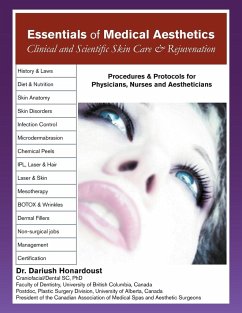Dermatology, the branch of medicine focused on the diagnosis and treatment of skin conditions, has witnessed significant advancements in surgical techniques over the years. The evolution of these techniques has greatly improved the precision, efficiency, and outcomes of dermatological surgeries, providing better care for patients. In this subchapter, we will explore the key milestones in the evolution of surgical techniques in dermatology. 1. Standard Excision: The earliest surgical technique involved the excision of skin lesions using a scalpel. This method, although effective, often resulted in larger scars and longer recovery times. However, it laid the foundation for further advancements in surgical dermatology. 2. Mohs Micrographic Surgery: Developed by Dr. Frederick Mohs in the 1930s, Mohs micrographic surgery revolutionized the treatment of skin cancer. This technique involves the systematic removal of thin layers of tissue, with each layer being examined under a microscope to ensure complete tumor removal while preserving healthy tissue. Mohs surgery offers the highest cure rates and minimal scarring, making it the gold standard for treating certain types of skin cancer. 3. Laser Surgery: The advent of laser technology has transformed dermatological surgery. Laser surgery allows precise removal of skin lesions, with minimal bleeding and reduced risk of infection. Various types of lasers, such as CO2 and pulsed-dye lasers, are used for different purposes, including scar revision, tattoo removal, and hair removal. 4. Cryosurgery: Cryosurgery involves the application of extreme cold temperatures to destroy abnormal skin tissue. Liquid nitrogen is commonly used in this technique. Cryosurgery offers a quick, cost-effective, and relatively painless approach for treating various skin conditions, including warts, actinic keratosis, and certain types of skin cancer. 5. Electrosurgery: Electrosurgical techniques involve the use of high-frequency electrical currents to cut, coagulate, or remove tissue. Electrosurgery provides excellent hemostasis, precise tissue control, and reduced risk of infection. It is frequently used for procedures such as electrodessication and curettage, electrocautery, and electrosection. 6. Minimally Invasive Techniques: With the advancement of technology, minimally invasive techniques, such as radiofrequency ablation, photodynamic therapy, and dermal fillers, have gained popularity in dermatology. These techniques offer quicker recovery times, fewer complications, and improved cosmetic outcomes.








